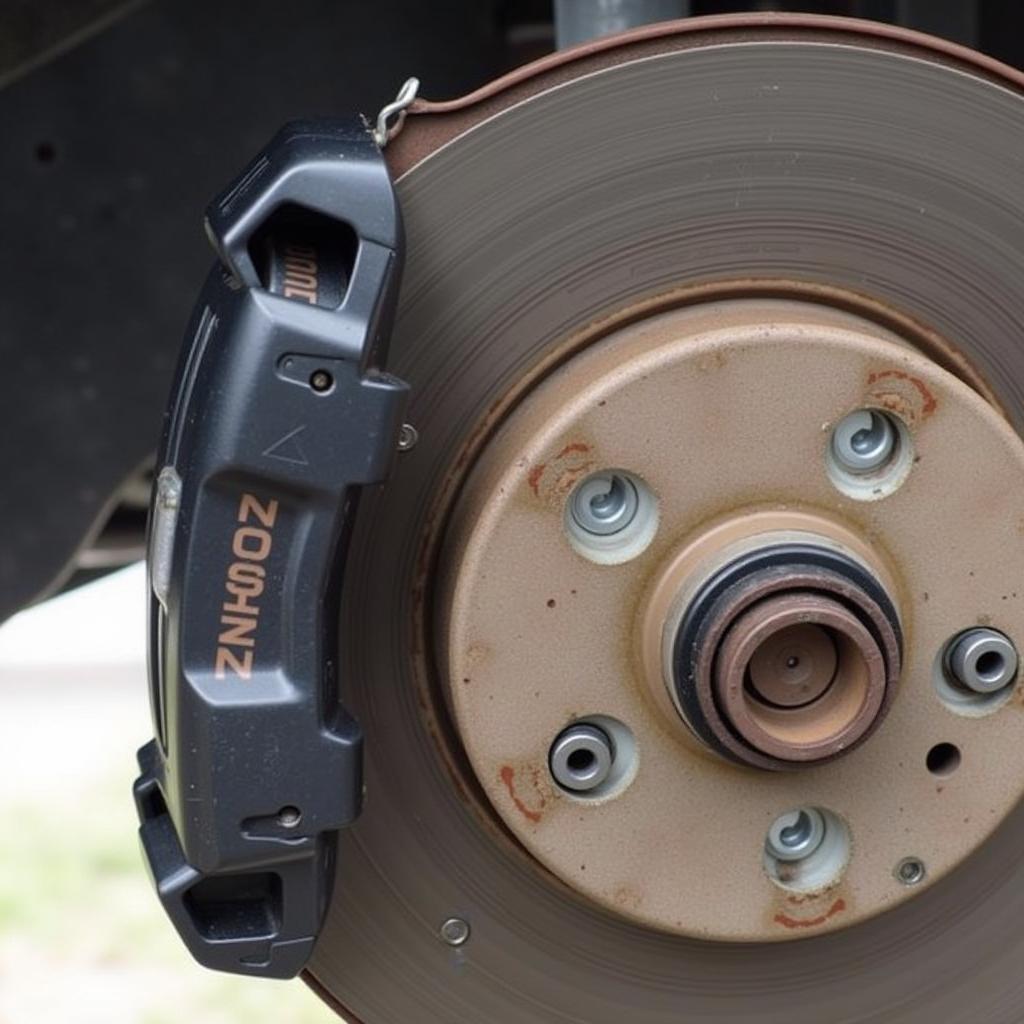Having trouble starting your car and suspect the anti-theft system might be the culprit? You’re not alone! One of the first things you might want to check is the anti-theft fuse. But “which fuse is the anti-theft fuse?” is a question often met with confusion. This guide will walk you through identifying and troubleshooting this tricky component.
Understanding Your Car’s Anti-Theft System
Before we get our hands dirty, it’s important to understand the basics. Most modern vehicles are equipped with an immobilizer system as part of their anti-theft setup. This system prevents the engine from starting without the presence of the correct key or transponder.
Identifying the Anti-theft Fuse
Finding the anti-theft fuse can sometimes feel like a treasure hunt. It’s not always clearly labeled and its location varies significantly between car makes and models.
Here’s a breakdown of how to locate it:
- Consult your Owner’s Manual: This should always be your first stop. The manual typically includes a fuse box diagram and a list of fuses with their corresponding functions. Look for labels like “anti-theft,” “immobilizer,” “security,” or similar terms.
- Check Common Locations: While it varies, the anti-theft fuse is often located in the fuse box under the hood or inside the vehicle, usually under the dashboard or near the glove compartment.
- Look for a Specific Amperage: Anti-theft fuses are usually rated between 10A to 20A. This might help narrow down your search if the labeling isn’t clear.
Troubleshooting a Blown Anti-theft Fuse
If you suspect a blown anti-theft fuse, here’s what you can do:
- Visual Inspection: Carefully remove the suspected fuse and hold it up to a light source. A blown fuse will have a broken or melted wire inside.
- Fuse Replacement: If the fuse is blown, replace it with a new one of the same amperage. Using the wrong amperage can cause damage to your car’s electrical system.
Important: If replacing the fuse doesn’t solve the problem, or if the fuse blows again shortly after replacement, it indicates a deeper electrical problem. In such cases, it’s best to consult a qualified automotive electrician.
FAQs about Anti-theft Systems and Fuses
Here are some common questions and answers related to anti-theft systems and fuses:
Q: Can I bypass the anti-theft fuse to start my car?
A: We strongly advise against bypassing the anti-theft fuse. This can damage your car’s electrical system and potentially void your warranty.
Q: What are some other reasons my car’s anti-theft system might be activated?
A: Besides a blown fuse, a dying car battery, faulty key fob battery, or a malfunctioning ignition switch can also trigger the anti-theft system.
Q: My car’s anti-theft light is flashing, what does it mean?
A: A flashing anti-theft light usually indicates the system is armed and working as intended. However, if it’s flashing rapidly or erratically, it might point to a problem.
Need More Help?
Anti-theft systems can be complex. If you’re uncomfortable working with your car’s electrical system or are still experiencing issues, it’s best to seek professional help. For advanced diagnostics and troubleshooting, consider contacting Cardiagtech. Our team specializes in automotive electrical systems and can help get you back on the road safely.
For more information about car diagnostics and how CARDIAGTECH can help you with anti-theft system issues, visit https://cardiagtech.com/how-to-de-activate-anti-theft-lock-on-2013-siverado/.
This guide provides a starting point for understanding and troubleshooting anti-theft fuse problems. Remember, always consult your owner’s manual and prioritize safety when working with your car’s electrical system.

